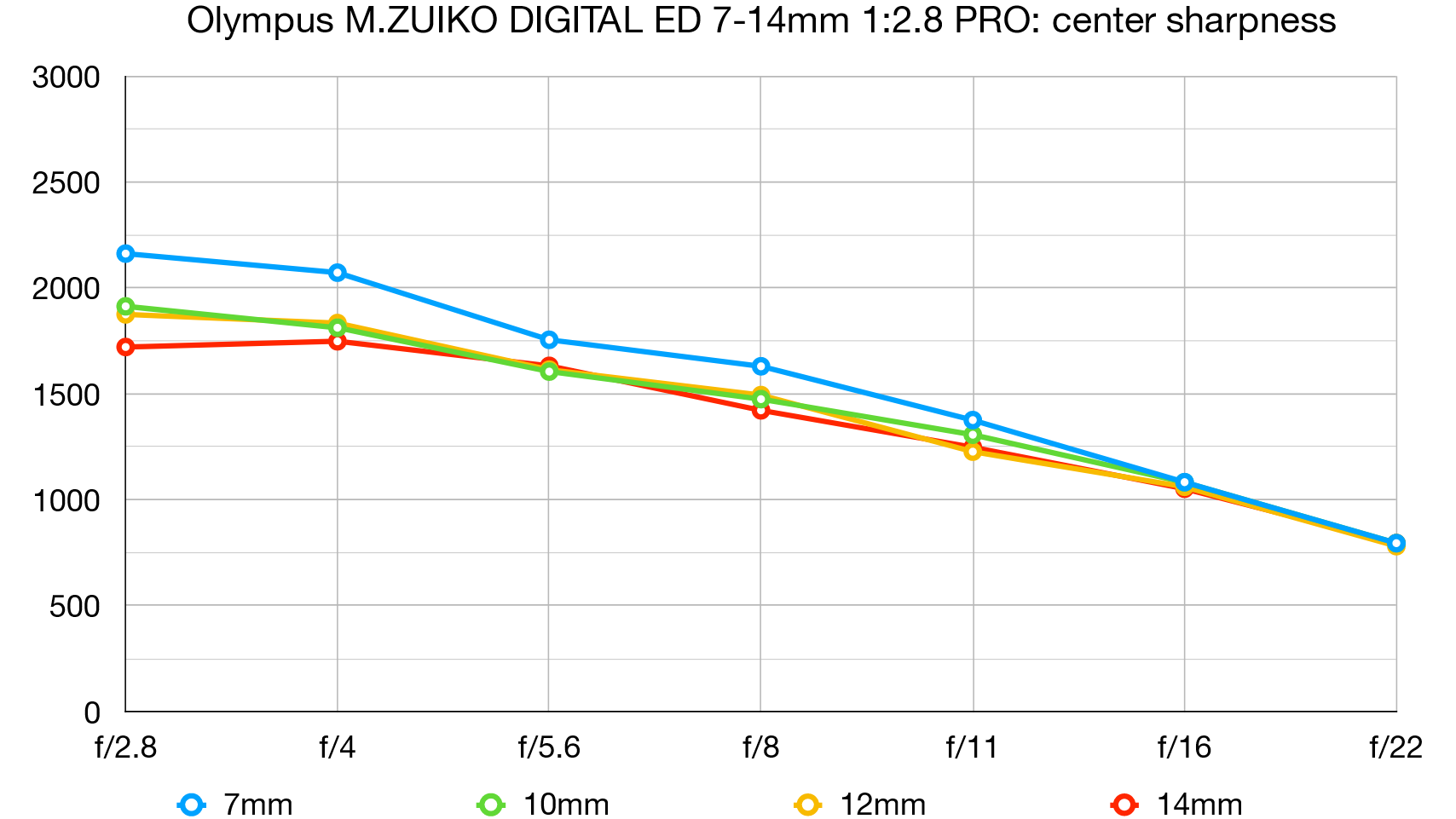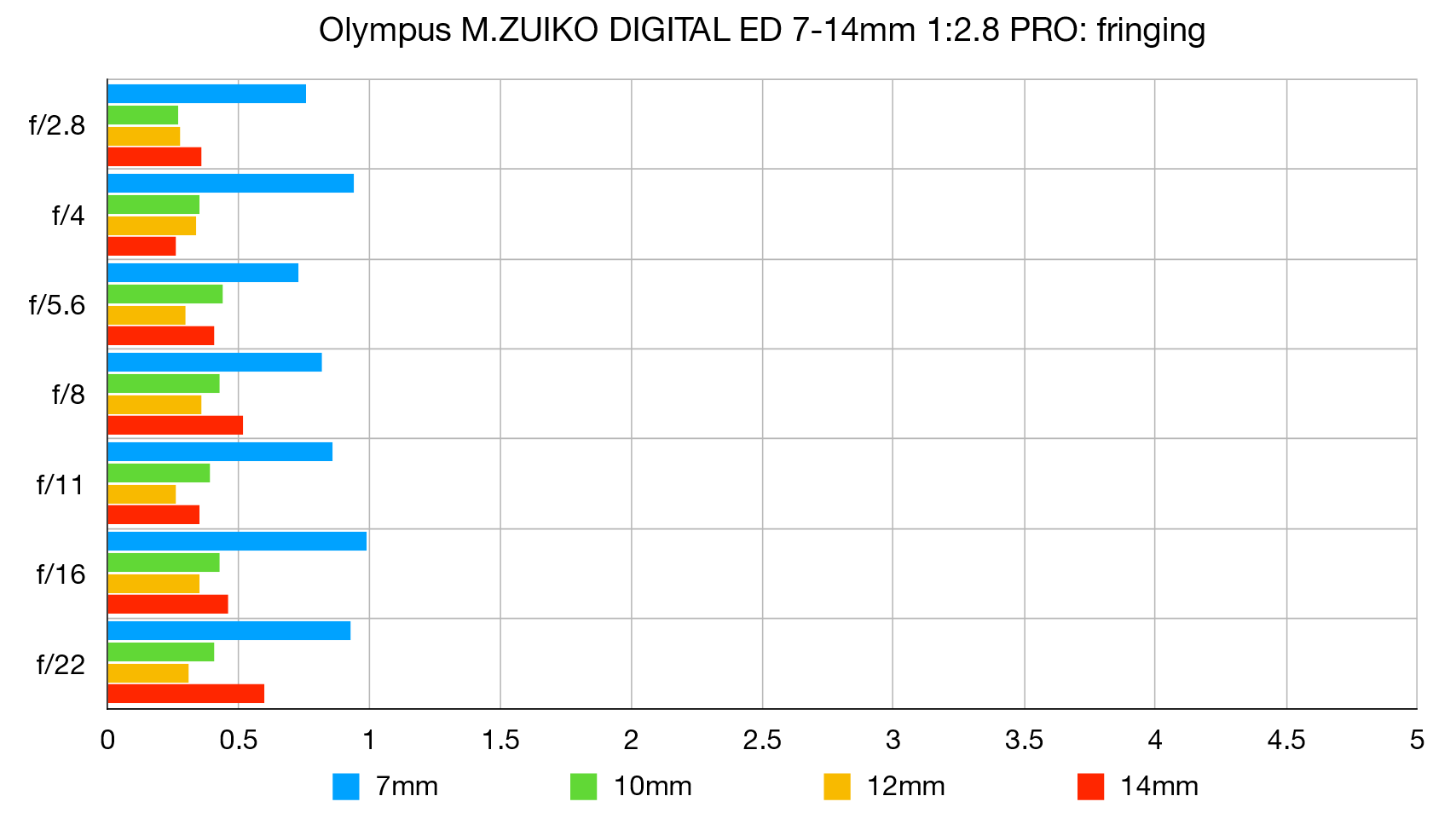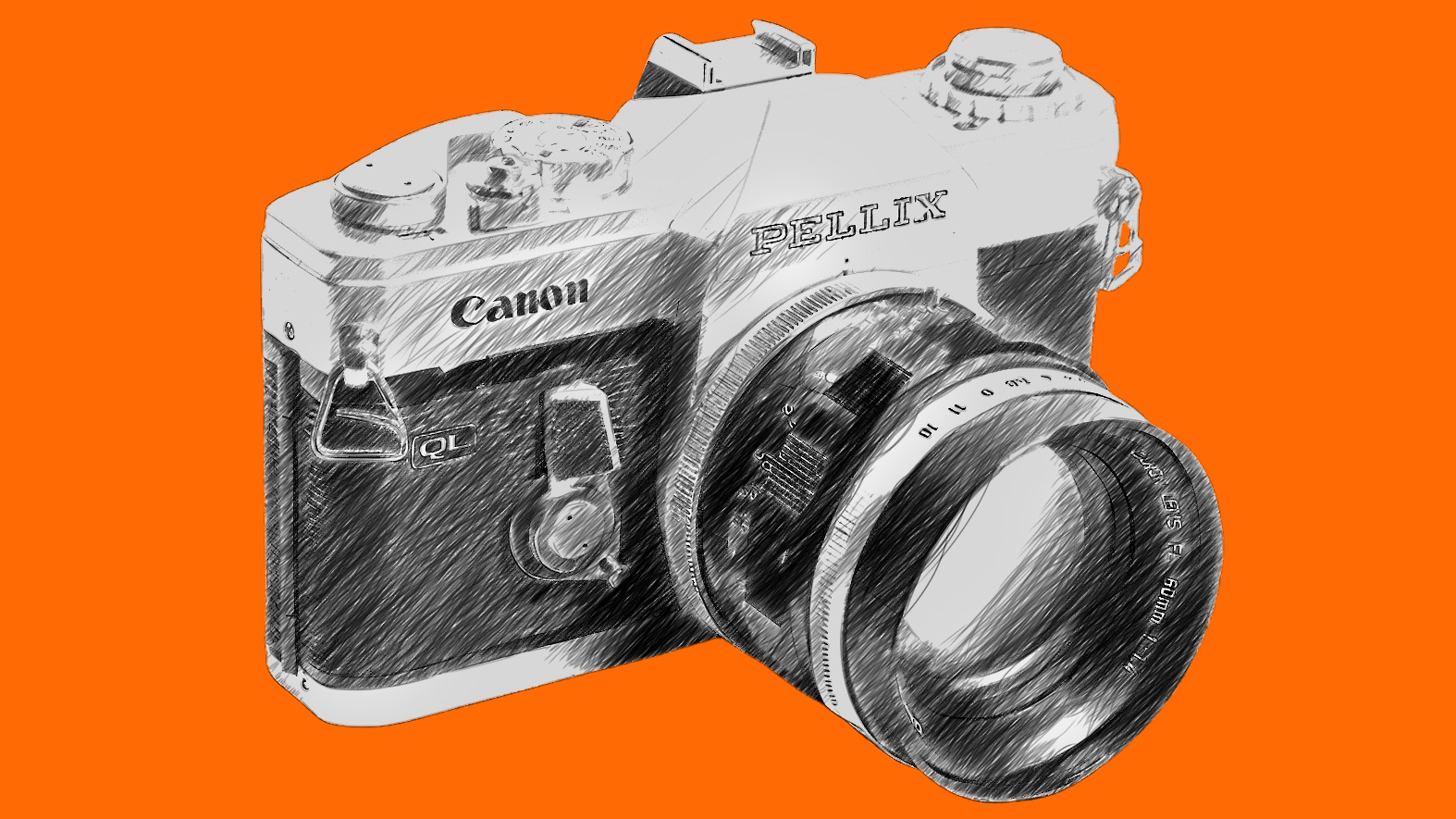Digital Camera World Verdict
Combining ultra-wide viewing angles equivalent to a 14-28mm zoom on a full-frame camera with a fast and constant f/2.8 aperture rating, this lens has a lot to offer. The field of view is great for everything from architectural interiors to sweeping landscape vistas, while the bright aperture makes the lens equally adept at astrophotography. It’s beautifully built and performance is excellent in all respects.
Pros
- +
Impressive image quality
- +
High-end handling
- +
Robust, weather-sealed build
Cons
- -
No filter attachment thread
- -
Quite pricey but worth it
Why you can trust Digital Camera World
The 2.0x crop factor of the Micro Four Thirds format poses a significant technical challenge when designing ultra-wide-angle lenses. The Olympus M.ZUIKO DIGITAL ED 7-14mm 1:2.8 PRO literally makes light of the situation, combining an ‘effective’ 14-28mm zoom range with a wide f/2.8 constant aperture rating, in a weather-sealed, metal jacketed package. And it’s only about half the weight of equivalent lenses for full-frame cameras.
Specifications
Mount: Micro Four Thirds
Full frame: No
Autofocus: Yes
Stabilization: No
Lens construction: 14 elements in 11 groups
Angle of view: 114-75 degrees
Diaphragm blades: 7
Minimum aperture: f/22
Minimum focusing distance: 0.2m
Maximum magnification ratio: 0.11x
Filter size: None
Dimensions: 79x106mm
Weight: 534g
Key features
An impressive optical layout includes an ED (Extra-low Dispersion) element, three Super ED elements and two HR (High Refractive index) elements. There’s a handy push-pull mechanism in the focus ring for quick-shifting between autofocus and manual focus modes, plus a customizable function button.
Olympus’s ZERO (Zuiko Extra-low Reflection Optical) coating is applied to minimize ghosting and flare, which can be particularly problematic with ultra-wide-angle lenses. Further defense comes from the integral petal-shaped hood, which also gives physical protection to the protruding front element. A typical downside of this configuration is that there’s no attachment thread for adding filters, which are often useful in landscape photography to which the lens is well suited.
The MSC (Movie & Still Compatible) autofocus system is fast for stills and enables smooth transitions when shooting video. There’s no optical stabilizer but Olympus bodies tend to feature sensor-shift stabilization, so that’s no real issue.
Performance
Scores from our lab tests are exemplary although, as usual with the Micro Four Thirds system, they’re somewhat flattered by in-camera corrections which are applied even to raw files. Even so, contrast and sharpness are superb, even when shooting wide-open at f/2.8. Resistance to ghosting and flare is very good and even bokeh is pleasing when taking advantage of the lens’s short minimum focus distance and wide f/2.8 aperture.
Lab results
We run a range of lab tests under controlled conditions, using the Imatest Master testing suite. Photos of test charts are taken across the range of apertures and zooms (where available), then analyzed for sharpness, distortion and chromatic aberrations.
We use Imatest SFR (spatial frequency response) charts and analysis software to plot lens resolution at the center of the image frame, corners and mid-point distances, across the range of aperture settings and, with zoom lenses, at four different focal lengths. The tests also measure distortion and color fringing (chromatic aberration).
Sharpness:
Even wide-open at f/2.8, sharpness is superb across the whole image frame. Corner-sharpness doesn’t look overly impressive in our lab tests but due to the small size of test charts, they have to be shot at extremely close range with ultra-wide-angle lenses, so the lab scores don’t tell the whole story.
Fringing:
There’s virtually no sign of any color fringing, even at the extreme corners of the image frame.
The best camera deals, reviews, product advice, and unmissable photography news, direct to your inbox!
Distortion:
Barrel distortion is apparent at 7mm, but by 12mm it's reduced to a negligible degree.
Verdict
Combining ultra-wide viewing angles equivalent to a 14-28mm zoom on a full-frame camera with a fast and constant f/2.8 aperture rating, this lens has a lot to offer. The field of view is great for everything from architectural interiors to sweeping landscape vistas, while the bright aperture makes the lens equally adept at astrophotography. It’s beautifully built and performance is excellent in all respects.
Read more:
• Best camera lenses to get
• Best Canon lenses
• Best Nikon lenses
• Best Sony lenses
Matthew Richards is a photographer and journalist who has spent years using and reviewing all manner of photo gear. He is Digital Camera World's principal lens reviewer – and has tested more primes and zooms than most people have had hot dinners!
His expertise with equipment doesn’t end there, though. He is also an encyclopedia when it comes to all manner of cameras, camera holsters and bags, flashguns, tripods and heads, printers, papers and inks, and just about anything imaging-related.
In an earlier life he was a broadcast engineer at the BBC, as well as a former editor of PC Guide.






